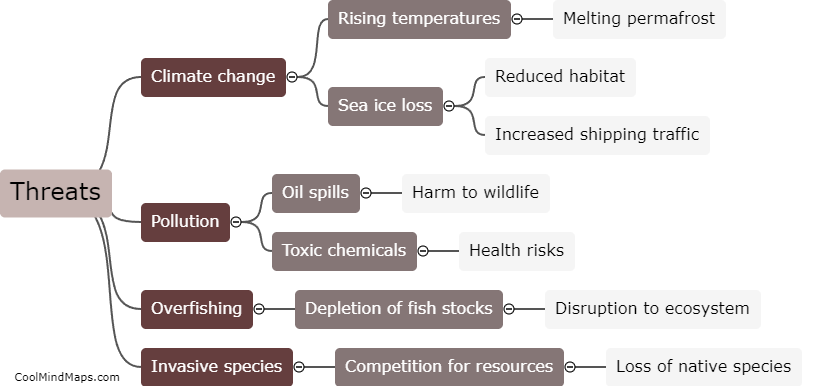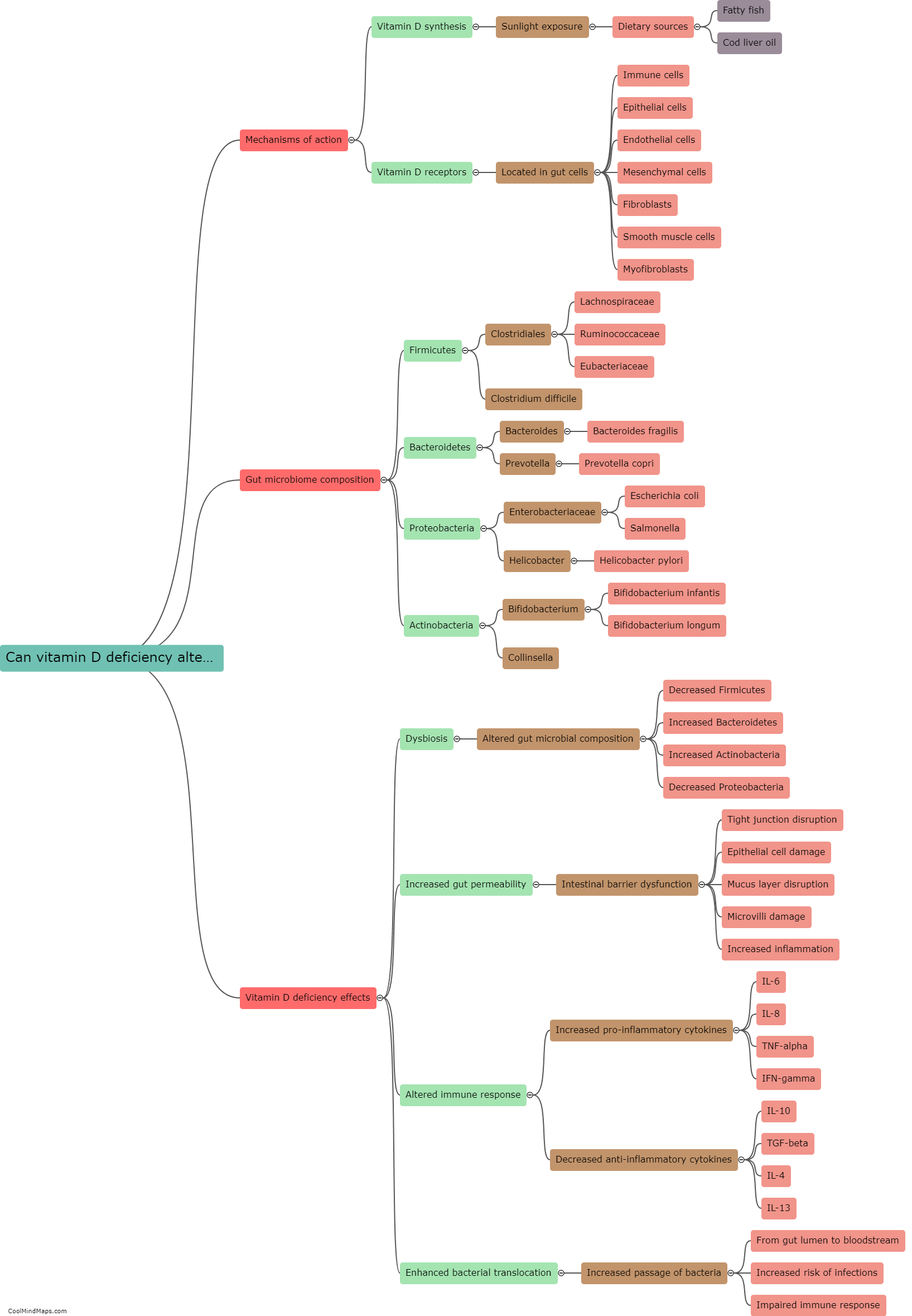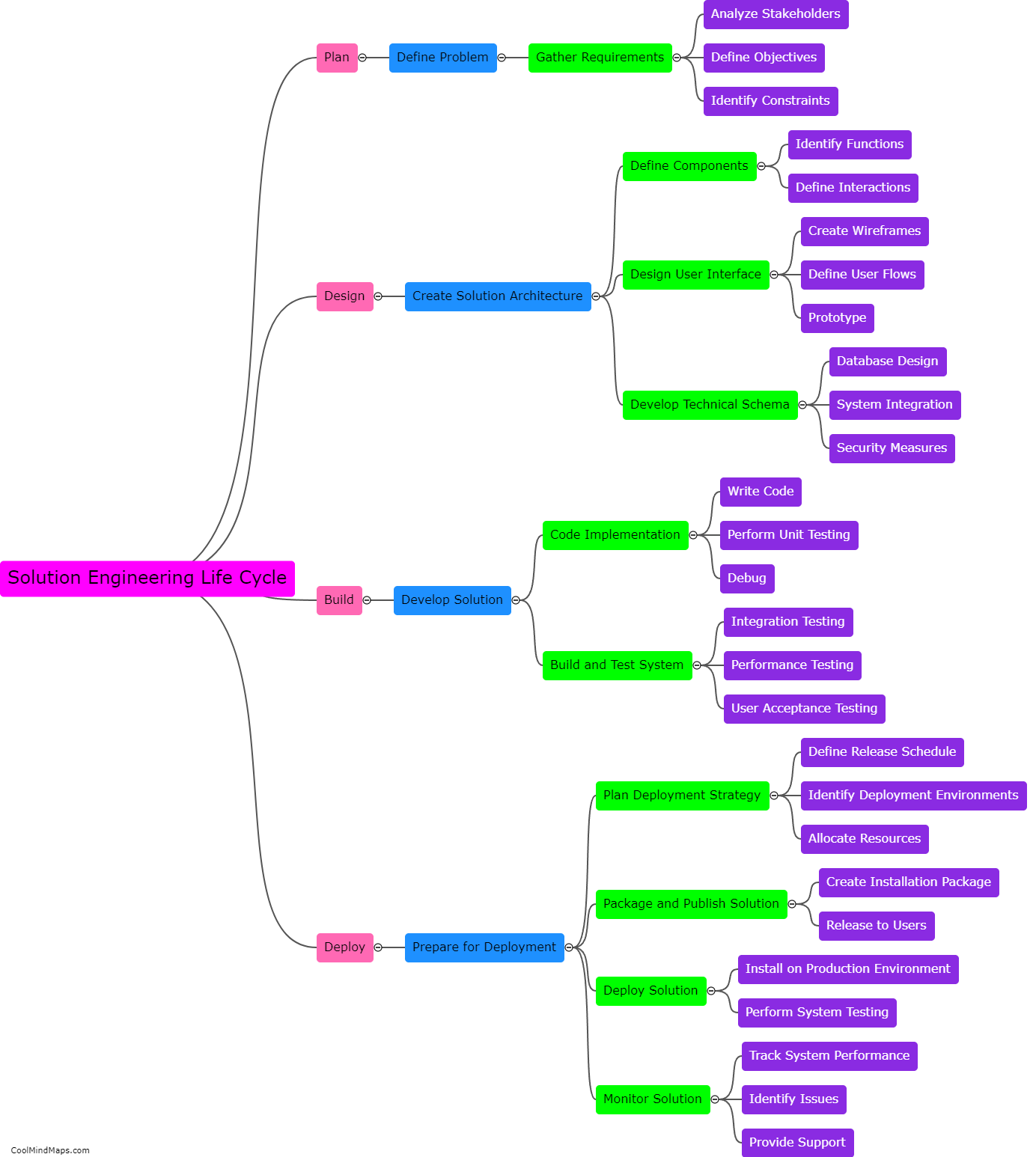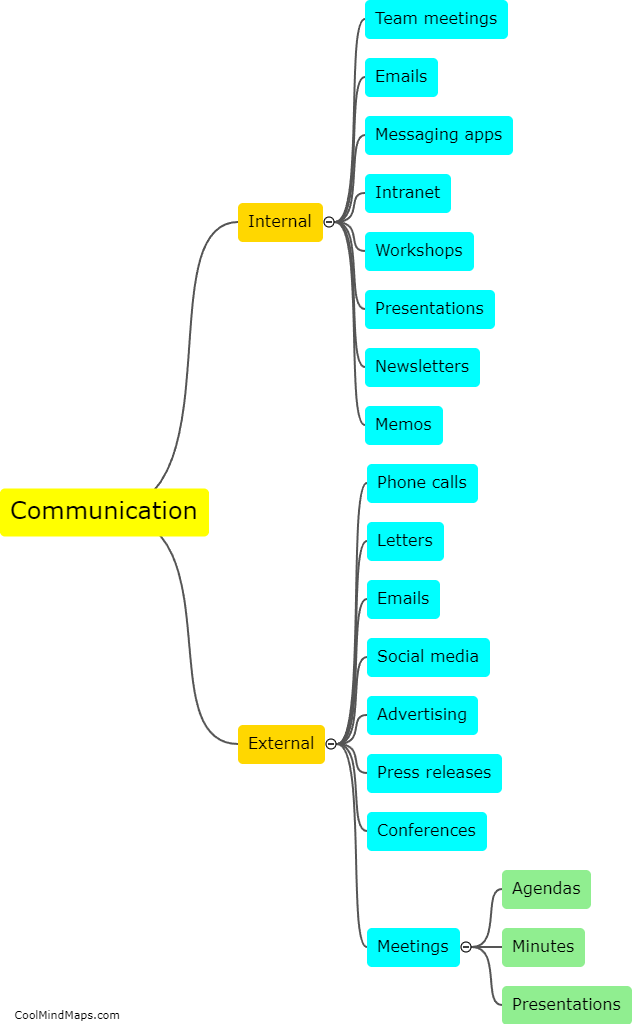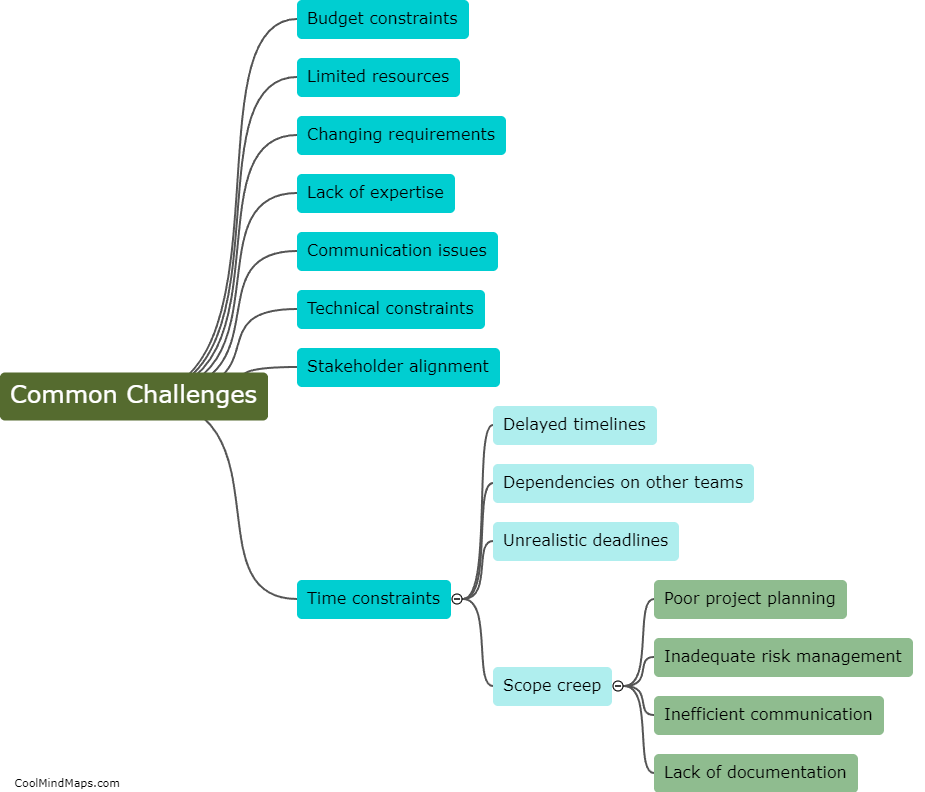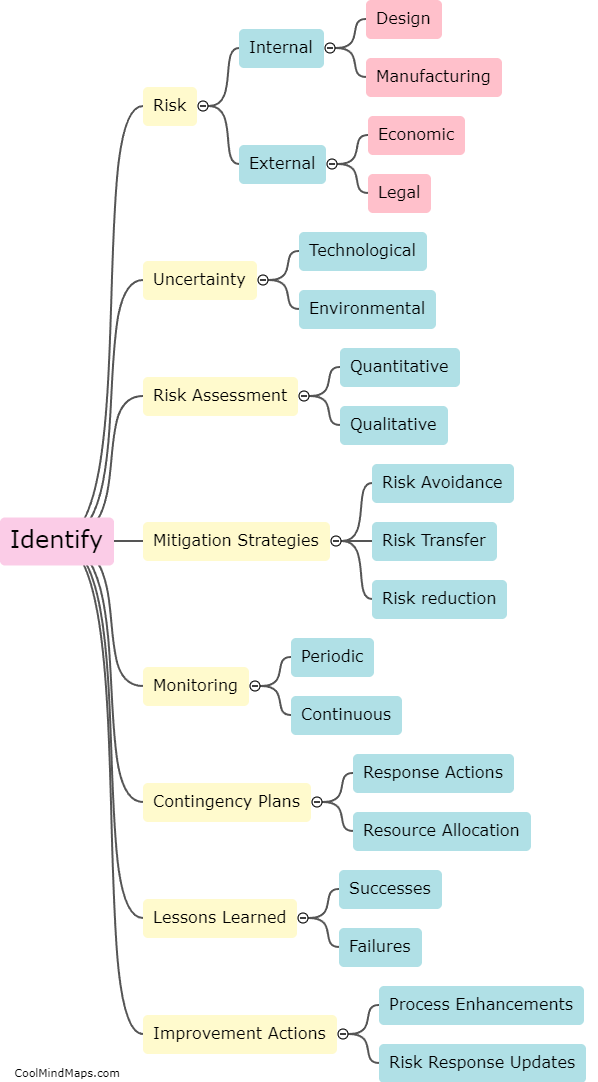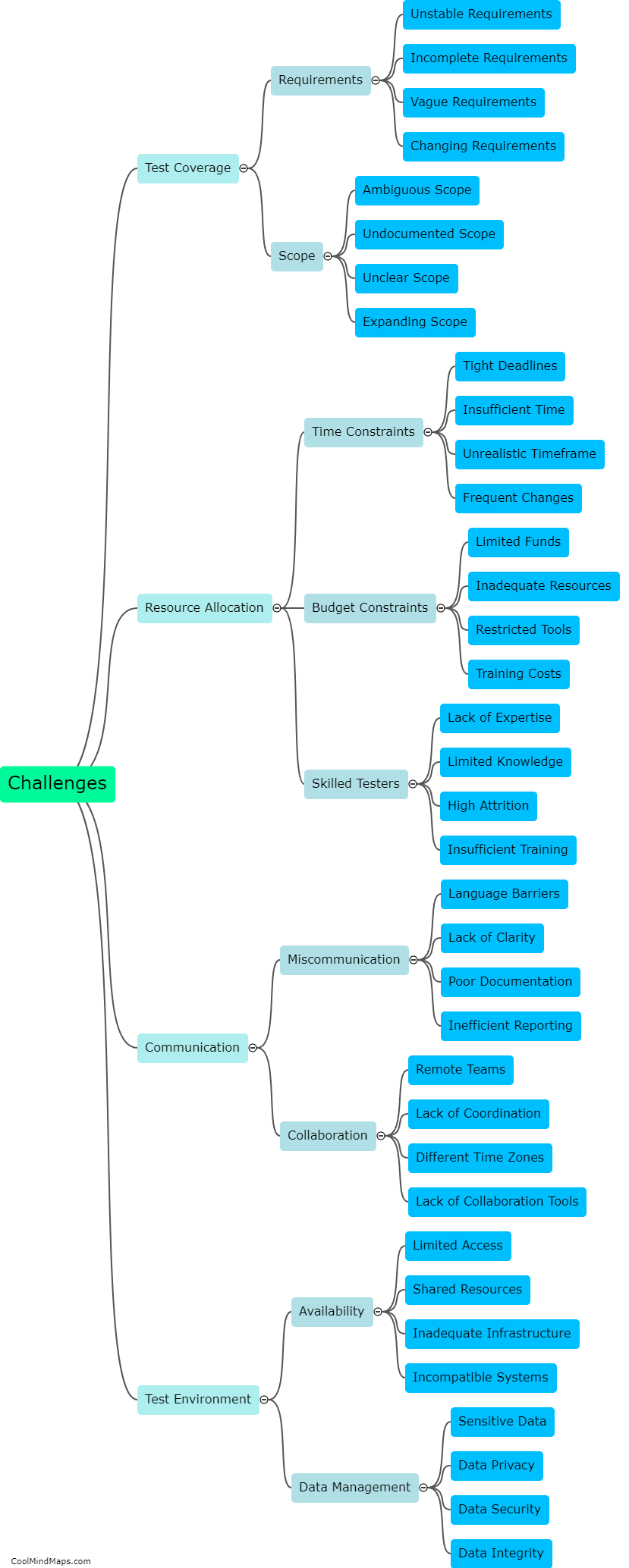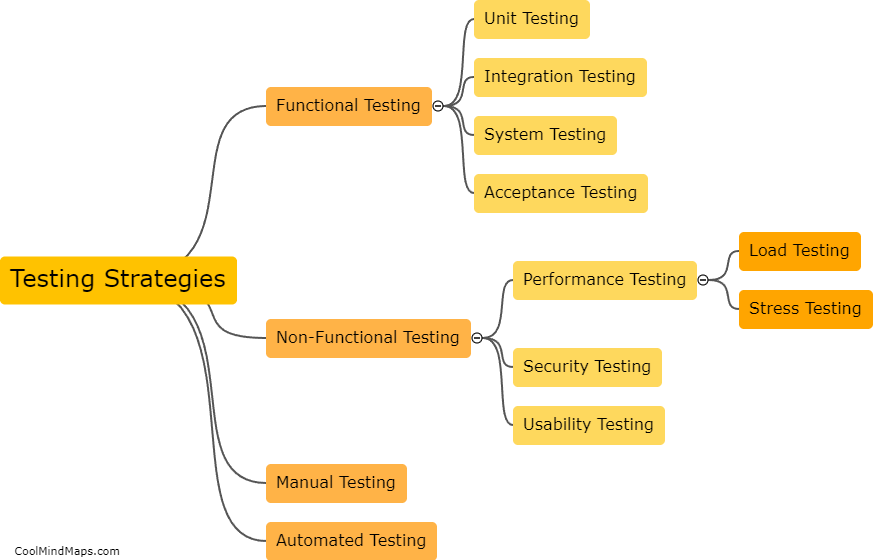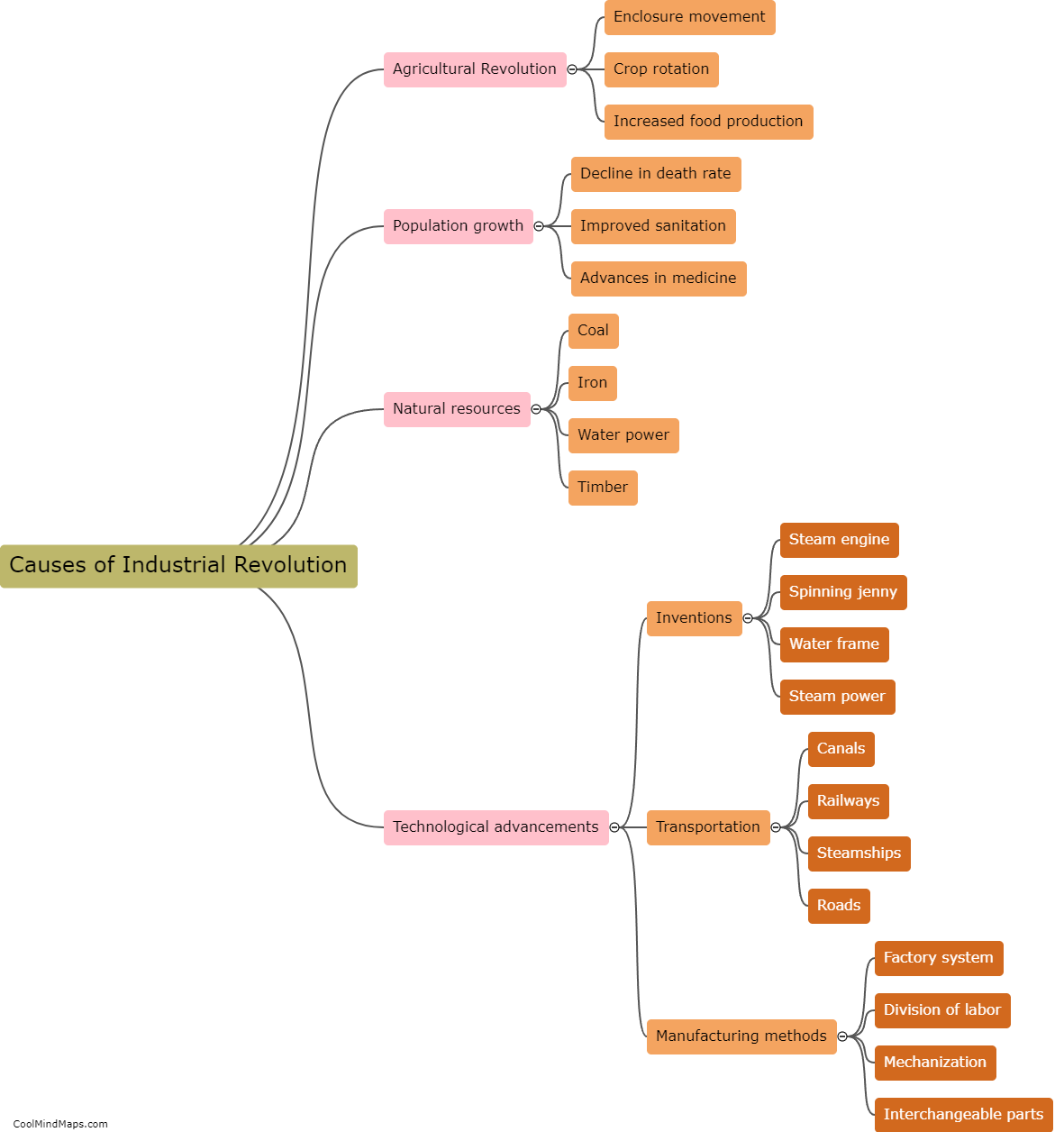How do you prioritize testing activities?
Prioritizing testing activities is crucial for efficient and effective software testing. The first step in prioritization is to analyze the software requirements and identify the critical areas that need immediate attention. These may include core functionalities, high-risk components, or frequently used features. Additionally, prioritization should consider any business or customer requirements that have been highlighted as significant. Another key factor in prioritization is to consider the impact of defects on end-users or stakeholders. Critical defects that can result in severe consequences, such as data loss or system failure, should be given higher priority. Finally, balancing the available resources, time constraints, and project goals is essential in determining the order of testing activities. By carefully considering these factors, organizations can optimize their testing efforts and allocate resources effectively.

This mind map was published on 26 July 2023 and has been viewed 121 times.
